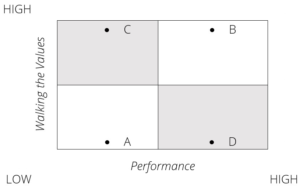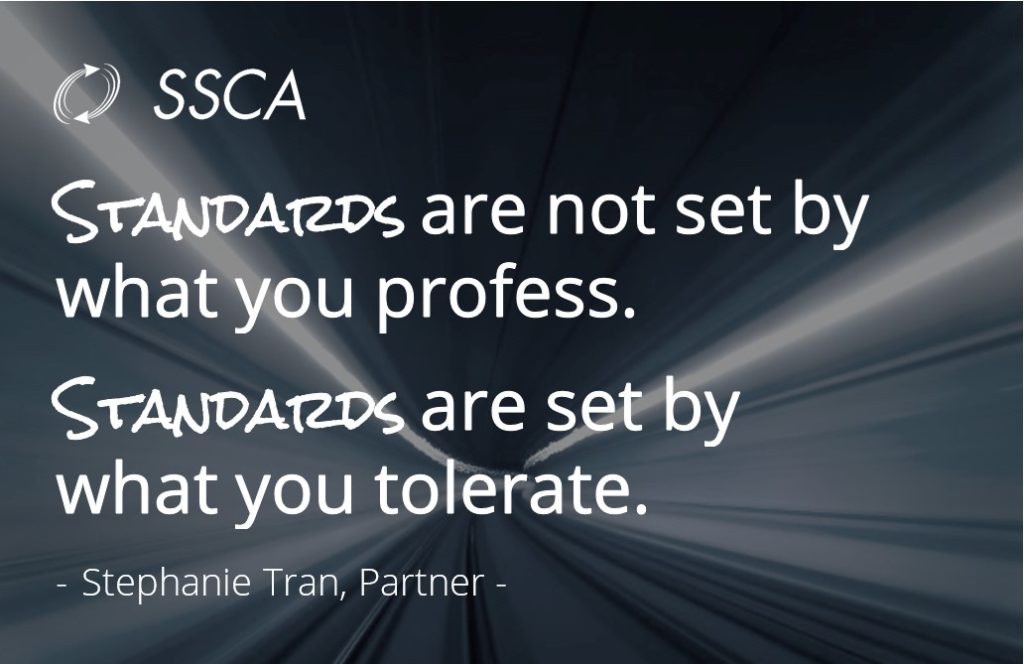By Bradford F. Spencer, Ph.D
Names Have Been Removed to Protect the Innocent
The Good News: The vice-president of a large industrial products company has developed a product line significantly in two years. The result:
- A 50% increase in sales (two hundred million dollars).
- The president of the company received a tremendous amount of positive press for having the stock value increase significantly.
- The president was also given a significant amount of publicity for the personal bonus he received, which was in the millions.
The Bad News: This VP has alienated everyone he has worked with. The result:
- He has been fired from two jobs previously, where the results would bare nothing but positive kudos from Wall Street.
- People, both inside and outside the company, dread his phone calls.
- Departments within the company refuse to work with him, so his work must be outsourced at a greater cost.
- There is a case to be made that he abuses corporates policy in several areas, including compensation.
His pure talent, energy, and IQ, which have led to the results, have allowed him immunity to any disciplinary action.
The Problem: “Enough is enough,” said the president of the company after a complaint from the highly respected manager of Product Design. This manager intimated strongly that she had no other recourse but to resign, due to a recent interaction where she is demand badly in front of peers. It was the kind of disrespect most of us would not tolerate for a moment. The message finally hit home when she said to the president, “Because of the length of time this has been going on, your toleration is a clear condoning of his behavior, so you must approve of it.” The president pleaded otherwise.
Understanding the Issue: There is a simple model in understanding the plight. On one axis, we look at Performance and, on the other, Walking the Values of the organization. It is very easy to determine what to do with the people who fit in the lower left (A) and upper right (B) quadrants. It is the other two quadrants that remain problems and are usually allowed to linger. If you are willing to reinforce and allow performance by itself to dictate promotions, bonuses, raises, etc., the message will be clear. If, however, we stay with non-performers because they walk in line with the values of the organization, we will end up doing our organization a longer term and agonizing disservice. Both these tough issues must be dealt with directly. To move someone from DC to the B quadrant is a coaching opportunity period to move them from the D to the B requires candor and confrontational skills. Sometimes it is easier to look the other way, but we need to consider the long-term consequences of doing so.
High performance individuals are rare. It is worth finding ways to keep them.
- If you had to put yourself on this matrix, where would you fall? Where would others rate you?
- Do you know how to coach an employee into the upper right-hand quadrant?


